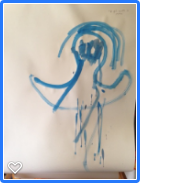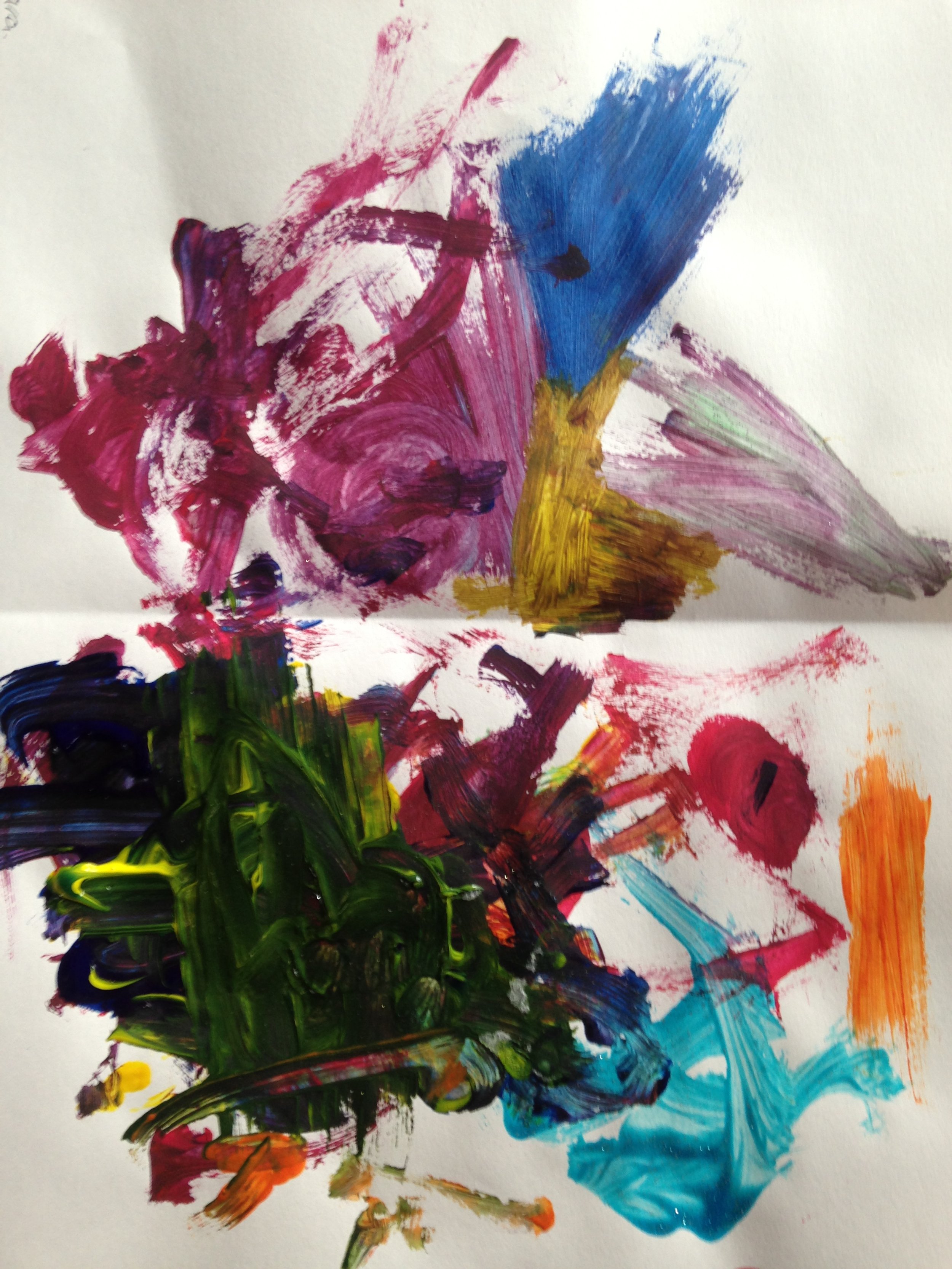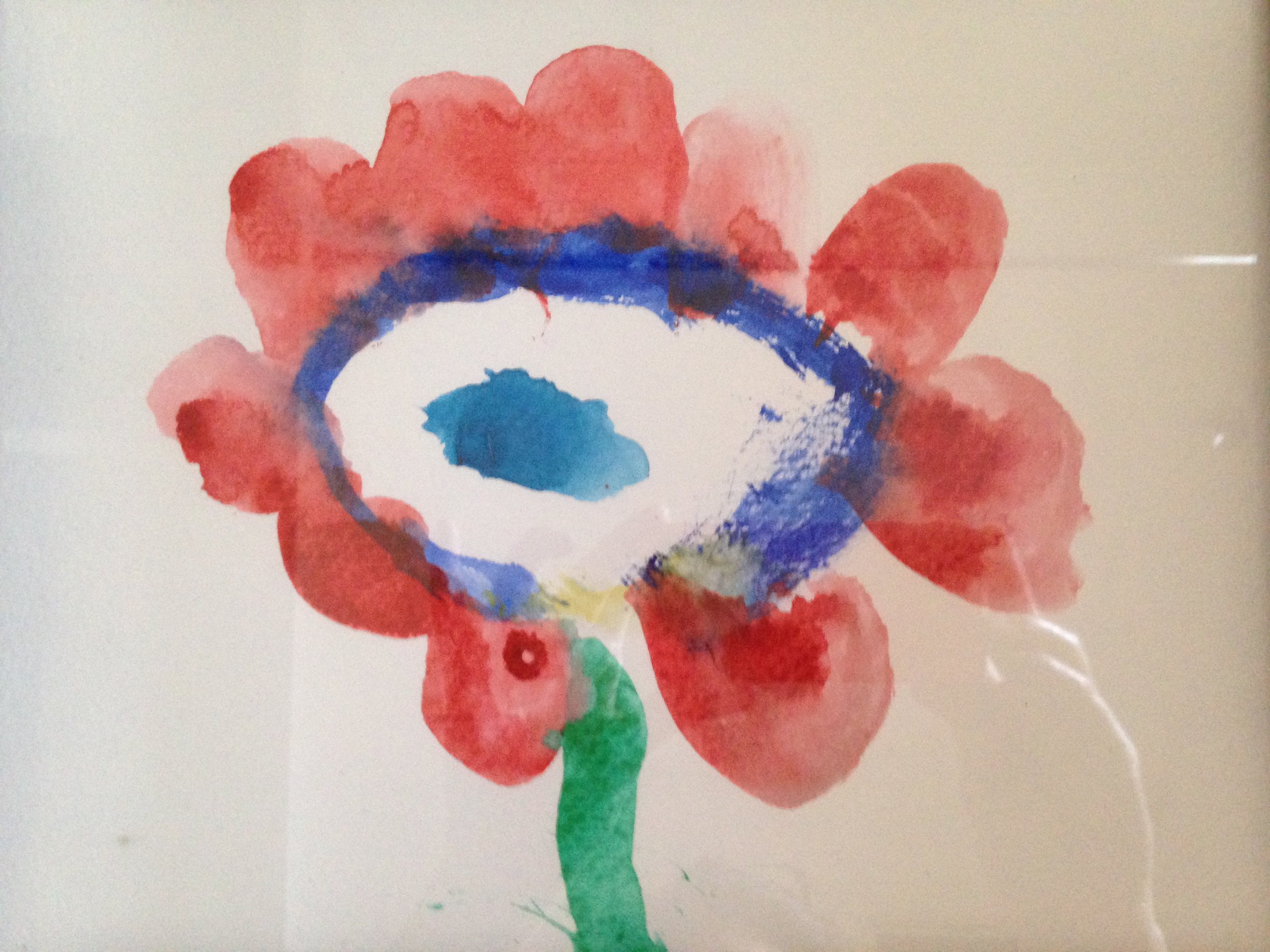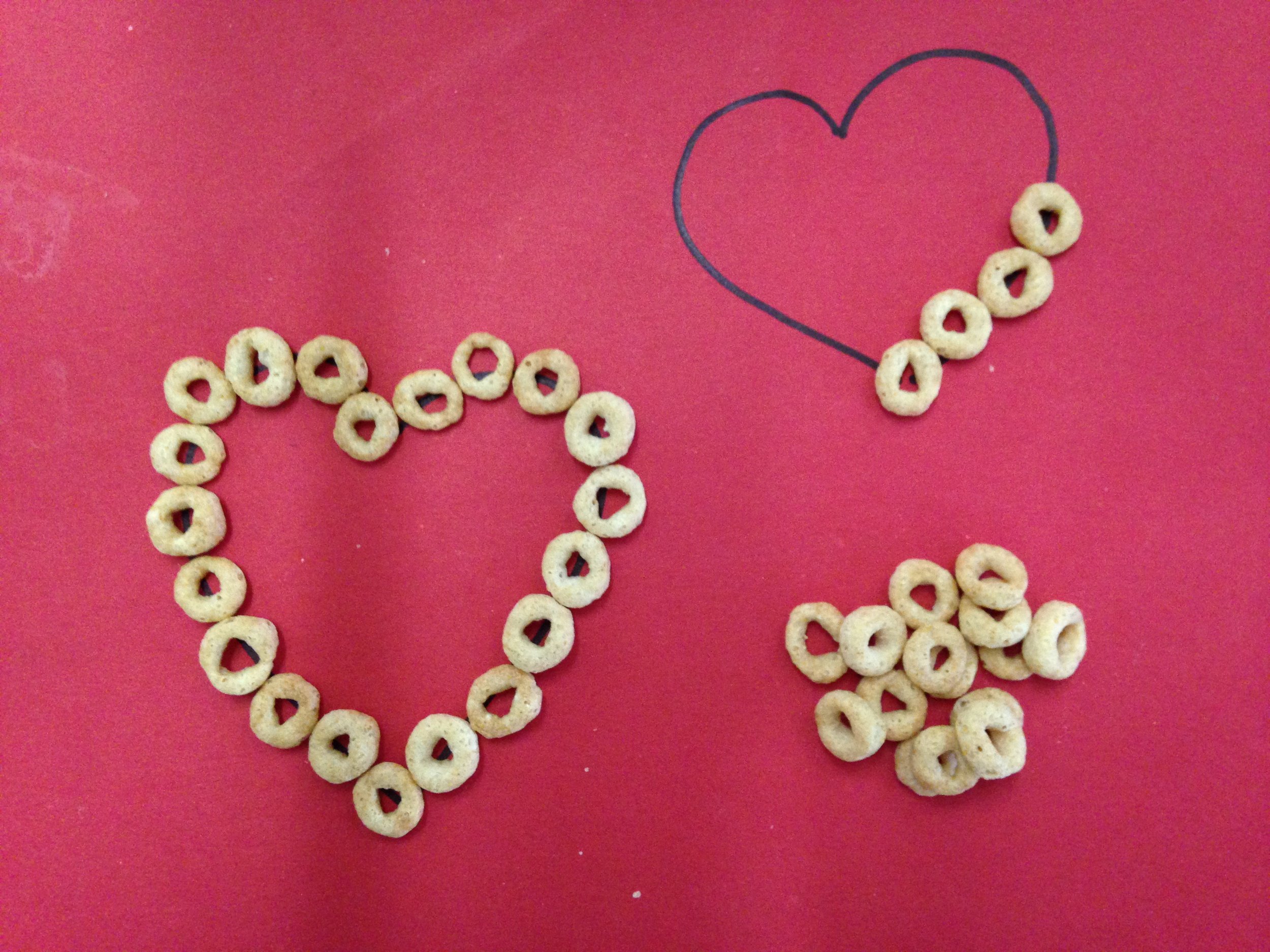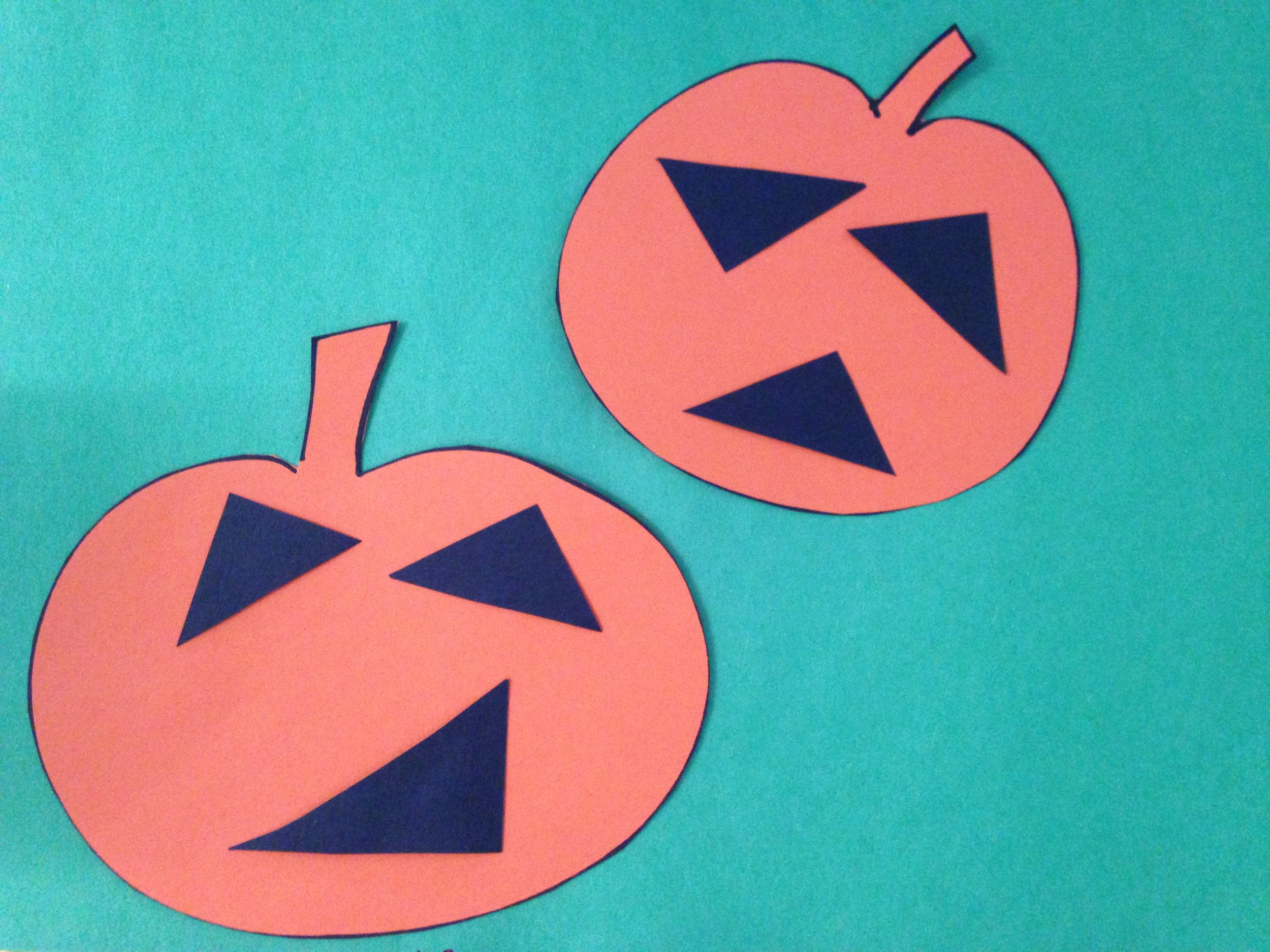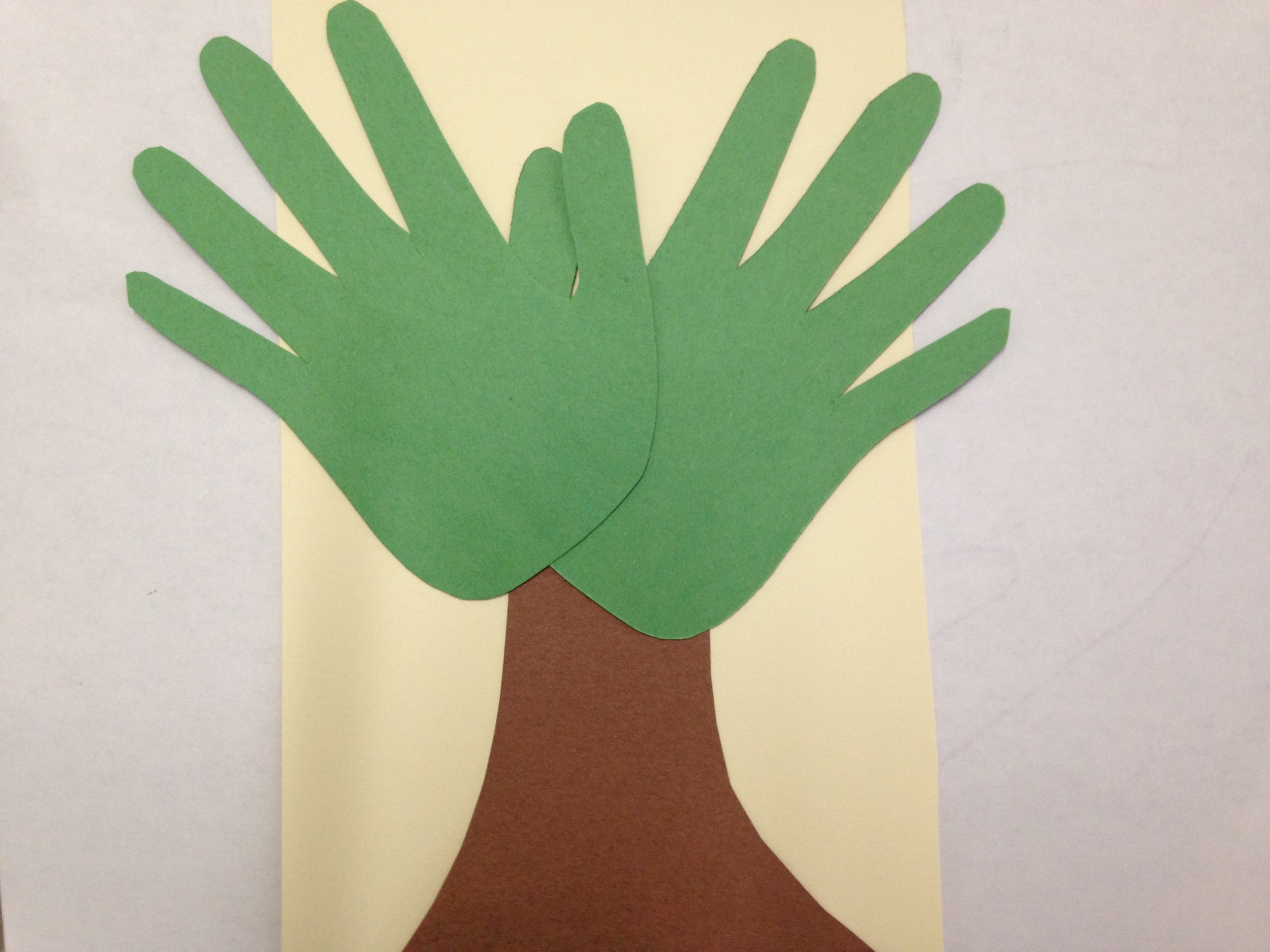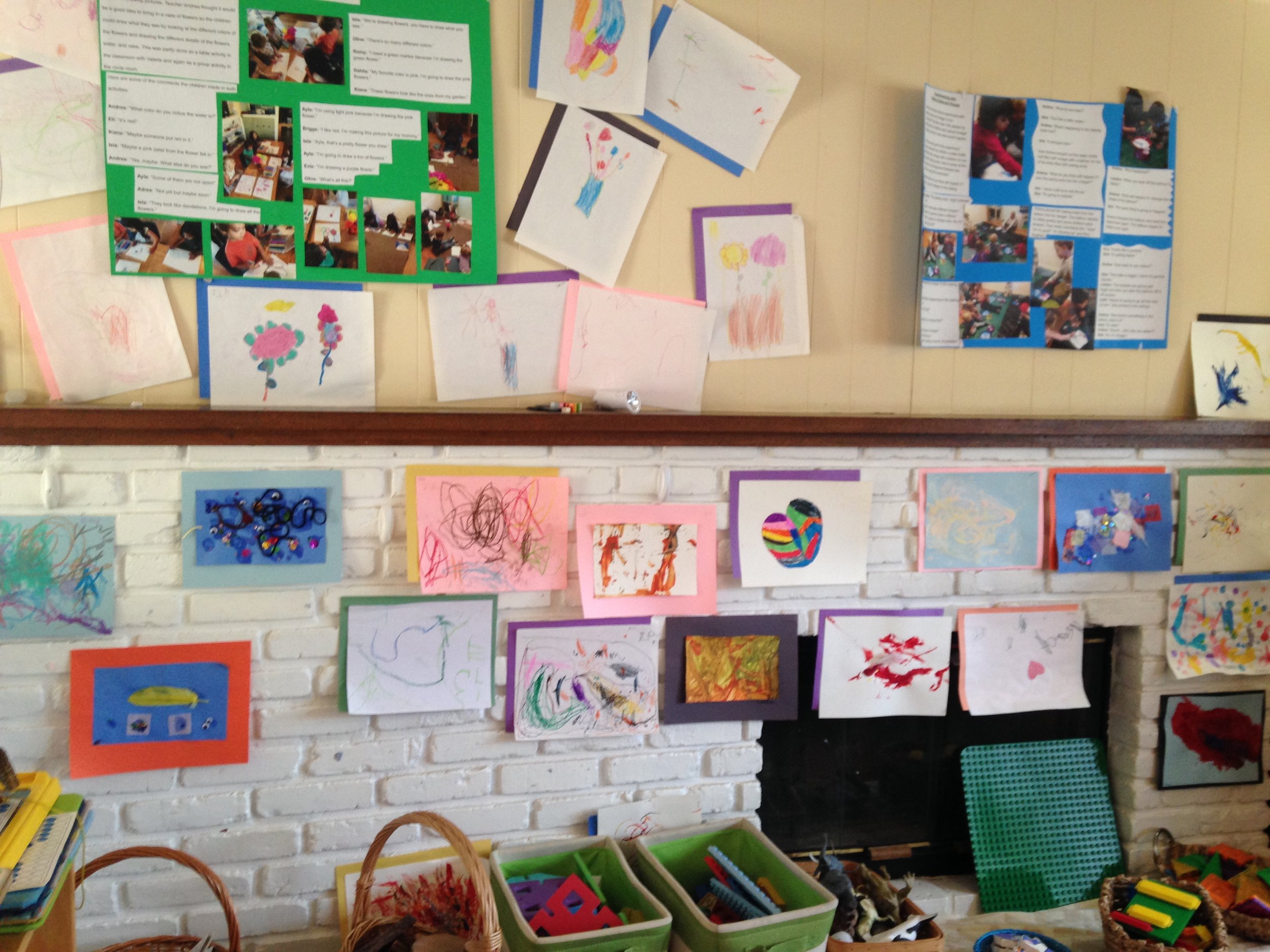“…when an individual child is free to create, inspired work can result regardless of skills. These creative works tell us so much about a child, their interests and motivation.”
Let’s talk about art, such as painting or molding or collage. Artistic creations are where skill and creativity combine to imitate life, or communicate an idea or a feeling. Skill and confidence are two essential components of those who create art. Many art projects are common to preschool and elementary school curricula. Reflecting on your own childhood experience of art in school may offer some examples of teacher-led projects and open opportunities to use art materials without specific direction.
Here are some pictures of these two types of art projects (child-led and teacher-led)
Child-led
Teacher-led
In practice, the distinction between art and craft in preschool classrooms is rarely made, art is often simply follow-the-instructions-and-example crafting, though some programs offer both.
You might imagine a neat row of one of these projects completed by each child in the group where the only difference is how the child has pasted the pieces together. Some also include glitter, tissue paper or other kinds of materials. Often a billboard of all of them would be up in the classroom.
In a teacher-led project, every child’s project looks mostly the same. The goal is for all children to imitate the teacher’s example. This kind of activity can provide some practice with spatial relationships as well as coordination such as fine motor practice with use of scissors and other writing implements. However, if these activities are presented as art or as largely what children do with art materials, they also send a strong indirect message. That message is essentially When you create art, it is not about what you want to do with the materials, instead it should look like the teacher’s example which is better or more important than your idea. Typically, this approach is an expectation for the whole class, giving it the flavor of a chore for those who have little interest. When we take time to think about it, this message is the antithesis of cultivating individual creativity and confident expression of ideas through art.
Many teachers would argue that the purpose of art projects in the classroom is more about children following instructions, creating something that looks fun, and learning some basic skills of coordination and muscle strength. Even though it may not be the conscious goal, most of the artwork may look identical, creating a visual culture of conformity, which is the opposite of cultivating individual expression. Often teachers also try to incorporate math learning within these activities.
It’s not that these are invalid perspectives, children can learn these skills through these activities. But there are unintended consequences that also follow. Additionally, these are not the ideal ways for children to learn these skills, which are also learned through individual exploration and creative expression that are found in child-led projects. In a classroom where art is dominantly about doing what the teacher asks you to do, children are less likely to take creative risks. In a classroom where children have access to varied art materials and the freedom and time to create what they like, their skills, confidence and their own creative expression have support and room to grow.
It is common in schools for activities to be centered first on learning a certain basic physical or mental skill (such as cutting or holding a pencil), then moving to the next skill with the final goal of a set of skills and maturity that is assumed to be needed before engaging in art as an individual creator.
When it comes to creativity, expression, problem-solving, critical thinking, collaboration, cooperation, and care for others, preschoolers are engaged in developing these higher-level skills daily, and ready for so much more than most early education settings allow. It would seem that these life skills are not really possible course curriculum until the college years, and then only if you are majoring in a subject that focuses on these ideas. Yet preschoolers are capable and ready to engage in all of this kind of learning.
Art and experimentation with art materials isn’t always about product. As adults, we see a picture a child has drawn as a product to cherish forever. To the child, they may just be interested in what happens when they put this crayon on the paper and press. They may be interested in practicing or trying out an idea, but it isn’t always a goal to create a product. To parents and teachers, these works of art may be evidence of growth and progress or a beautiful symbol related to the child’s unique person and expression. The meaning is different for us than for them, as is true with all art.
Child development knowledge and work with children has taught us that when an individual child is free to create, inspired work can result regardless of skills. These creative works tell us so much about a child, their interests and motivation. It is one way in which teachers can better know their students.
Child-led art display
Even better, the freedom to create provides young children with experiences in taking risks, personal expression, and intrinsically motivated opportunities to grow confidence in their own capacities. Teacher-directed art projects are typically lacking this kind of support. Denying this freedom (whether this squelching be intentional or not) based on the idea that first children need to learn certain basic and quantifiable skills, teaches a child that their initial impetus is at minimum not allowed or worse, not valued.
Choosing to focus on teacher directed art also deprives the environment of these unique contributions, which can tell a beautiful story about the group of children who come together in community in these school spaces.
I want to acknowledge the contributions of Andrea Aldis and Susan North in the writing of this article, they provided their thoughts and support, many thanks!
I'm copying in the following beautiful story, not written by us, because it is a powerful illustration of the dangers of consistently asking children to follow an example:
The Little Boy
By Helen Buckley
Once a little boy went to school.
One morning
The teacher said:
"Today we are going to make a picture."
"Good!" thought the little boy.
He liked to make all kinds;
Lions and tigers,
Chickens and cows,
Trains and boats;
And he took out his box of crayons
And began to draw.
But the teacher said, "Wait!"
"It is not time to begin!"
And she waited until everyone looked ready.
"Now," said the teacher,
"We are going to make flowers."
"Good!" thought the little boy,
He liked to make beautiful ones
With his pink and orange and blue crayons.
But the teacher said "Wait!"
"And I will show you how."
And it was red, with a green stem.
"There," said the teacher,
"Now you may begin."
The little boy looked at his teacher's flower
Then he looked at his own flower.
He liked his flower better than the teacher's
But he did not say this.
He just turned his paper over,
And made a flower like the teacher's.
It was red, with a green stem.
On another day
The teacher said:
"Today we are going to make something with clay."
"Good!" thought the little boy;
He liked clay.
He could make all kinds of things with clay:
Snakes and snowmen,
Elephants and mice,
Cars and trucks
And he began to pull and pinch
His ball of clay.
But the teacher said, "Wait!"
"It is not time to begin!"
And she waited until everyone looked ready.
"Now," said the teacher,
"We are going to make a dish."
"Good!" thought the little boy,
He liked to make dishes.
And he began to make some
That were all shapes and sizes.
But the teacher said "Wait!"
"And I will show you how."
And she showed everyone how to make
One deep dish.
"There," said the teacher,
"Now you may begin."
The little boy looked at the teacher's dish;
Then he looked at his own.
He liked his better than the teacher's
But he did not say this.
He just rolled his clay into a big ball again
And made a dish like the teacher's.
It was a deep dish.
And pretty soon
The little boy learned to wait,
And to watch
And to make things just like the teacher.
And pretty soon
He didn't make things of his own anymore.
Then it happened
That the little boy and his family
Moved to another house,
In another city,
And the little boy
Had to go to another school.
The teacher said:
"Today we are going to make a picture."
"Good!" thought the little boy.
And he waited for the teacher
To tell what to do.
But the teacher didn't say anything.
She just walked around the room.
When she came to the little boy
She asked, "Don't you want to make a picture?"
"Yes," said the little boy.
"What are we going to make?"
"I don't know until you make it," said the teacher.
"How shall I make it?" asked the little boy.
"Why, anyway you like," said the teacher.
"And any color?" asked the little boy.
"Any color," said the teacher.
And he began to make a red flower with a green stem.
Originally posted 11/6/2017.

